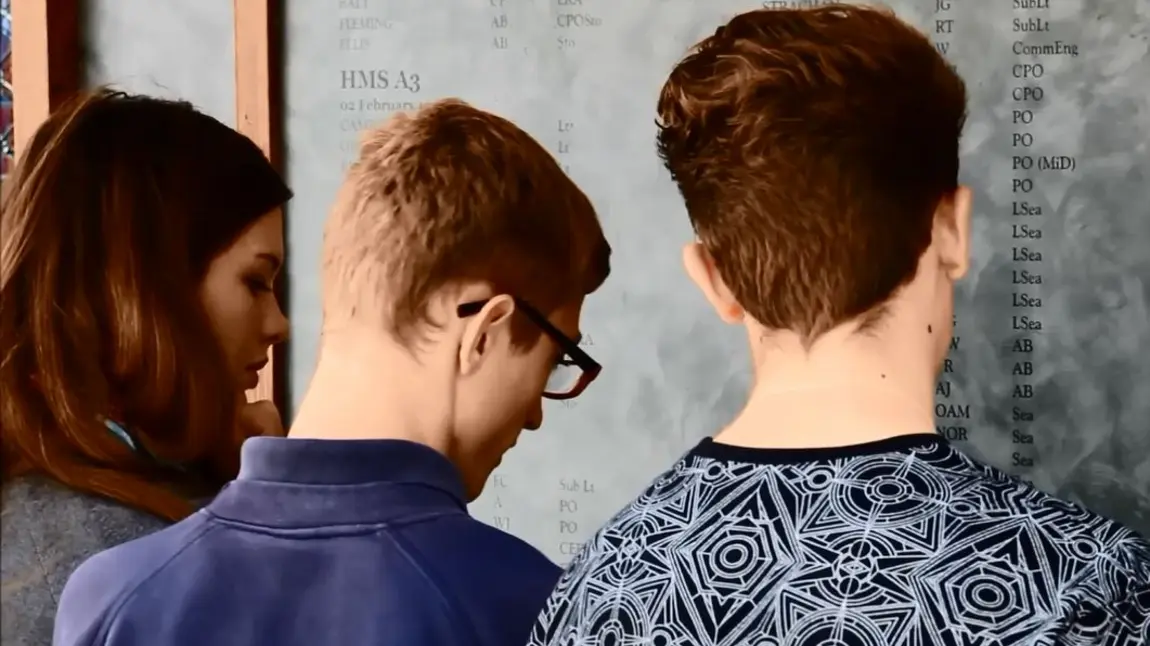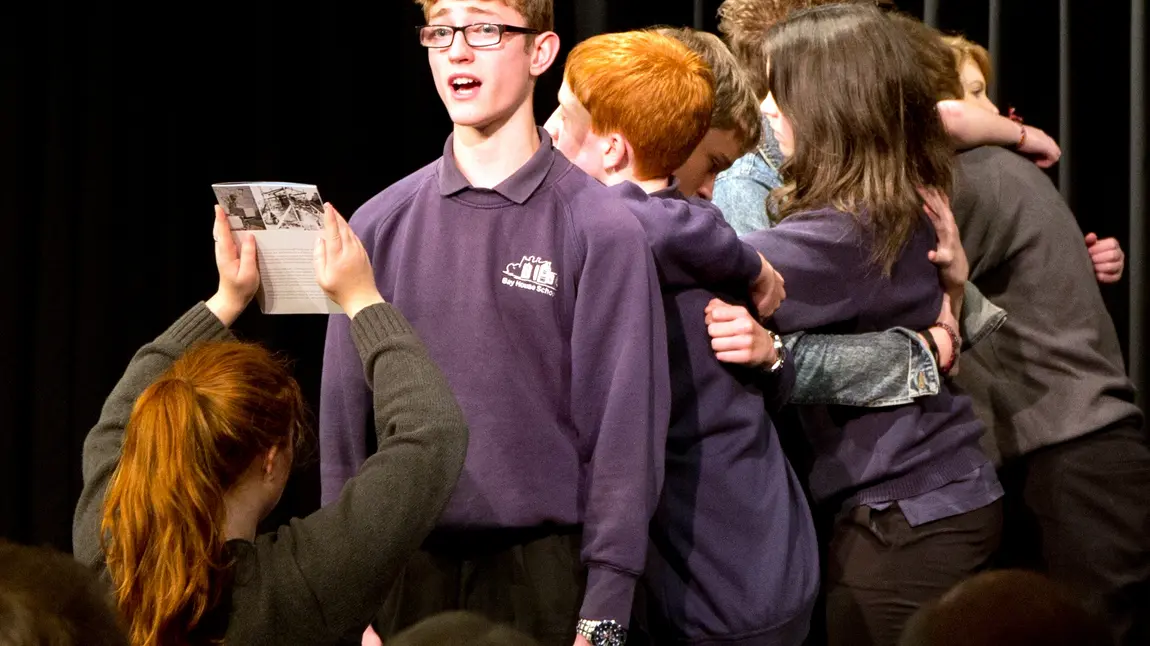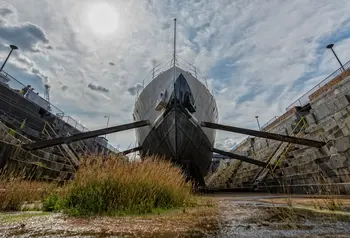Gallipoli 100 years on

Today, in Syria, Iraq, Afghanistan and other hot spots, we’re always hearing about ‘multi-national forces’, so it’s strange to realise that the gathering of armies from all over the world is not a new phenomenon but also happened at Gallipoli a century ago. The Allies drew their forces from Britain, Ireland, Australia and New Zealand (ANZAC), Canada and India, partnered by France and its African colonies. The Ottoman Turks defended their homeland with support from Germany.
This international dimension is a big element of the GCEP, which is connecting schools from every continent to consider the legacy of the tragic nine-month campaign which cost the lives of 145,000 young men on all sides, with a further 400,000 wounded.
Every country has a different version of the campaign. Perhaps Gallipoli would have been quietly forgotten were it not for the fact that the Turks and ANZACs have identified it as the starting point for their birth as independent nations. For these countries, Gallipoli is shrouded in ‘foundation myths’ – feats of superhuman strength; arrogant, inept imperialist leaders; and martyrdom.
It’s not just Gallipoli’s myths that surprise the young people working with this project. Jake, 16, said: "Before, I didn’t see the war as such a big event. I thought it only involved Europe and it didn’t really have any effect on my current life, but that was so wrong. I didn’t think about the piles of dead or the fact that other countries were affected. I’m glad I now know."
The project includes two visits to Gallipoli and a film of last November’s pilot visit is available as a digital teaching resource for schools unable to travel to Turkey.
[quote=Adam, aged 17]"What struck me was the idea of something that looks so beautiful completely juxtaposed with the idea that something so sad and brutal happened there"[/quote]
Gallipoli is idyllic – thyme-scented slopes falling towards the sunlit Aegean Sea, near the legendary city of Troy. Adam, 17, said: "What struck me was the idea of something that looks so beautiful completely juxtaposed with the idea that something so sad and brutal happened there."
In Scotland, three schools are studying another unexpected Gallipoli story. Near Gretna, five trains were involved in Britain’s worst ever rail disaster. Nearly all of the 226 fatalities were soldiers on their way to Gallipoli.
Working with museums, schools across the UK are discovering these stories and finding out that people from their locality didn’t just go to the trenches in France and Belgium, but fought all over the world. As one teacher noted: "We have been too focused on the Western Front. Gallipoli helps us to demonstrate why it was a world war."
An online educational resource is being developed during the centenary year using video and audio where possible so that it is accessible to children of different ages, abilities and nationalities. Here, schools can showcase their activities and share their stories – see Gallipoli Centenary Education Project website.
In addition to the grant from the HLF, the Gallipoli Centenary Education Project is funded by the Gallipoli Association and private donors.
You might also be interested in...



